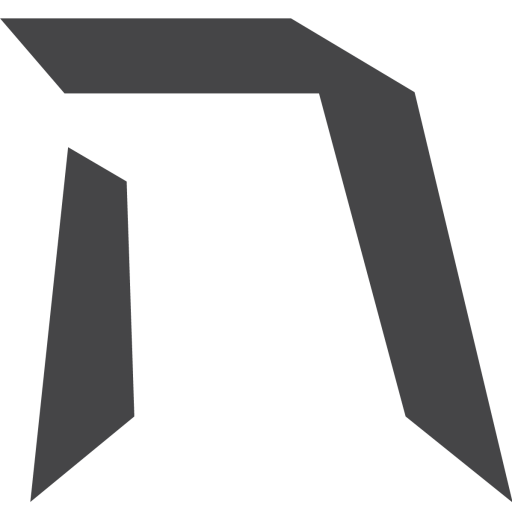Blog > Data Analytics > The 4 Types of Data Analytics Every Business Can Benefit From
The 4 Types of Data Analytics Every Business Can Benefit From
4 Types of Data Analytics Every Business Can Benefit From
Knowledge is power, so they say. Who is the customer? Where did they hear about the business? Why did they choose one product or service over another? It used to be that these questions have to be compiled manually through paper surveys and incessant questioning, but the digital age has made this a thing of the past. With every click and ping, Big Data is transforming the way companies do business.
It’s not just about collecting the information either. It’s more important to process that data and design systems, to apply different types of analytics to help businesses make data-driven decisions. Through their research, integrated business technology company, Impact Networking, noted that data-driven organisations are 23 times more likely to acquire customers, have 6 times the customer retention, and are 19 times more likely to be profitable.
To achieve the above-mentioned outcomes, these are the four types of data analytics that every business should consider. Discover these 4 types of analytics covered by the DA100: Data Analytics Course here in this article.
1. Descriptive Analytics
“What happened?”
While descriptive analytics is the simplest of the four, it is also a fundamental step in which the other types of analytics relies upon. Descriptive analytics comprises of two components:
- Distilling raw data to provide a general statistical summary. Examples of such data include: monthly sales, cost per click, or engagement rate. These statistical summary serve to either give a situational awareness of the business or it provides key metrics to help measure success.
- Generating data visualisation to aid in the identification of trends and patterns from the raw data. A picture speaks a thousand words, and that is essentially the spirit behind data visualisation where it seeks to transform raw data into visual products that is more digestible vis-a-vis raw text information.
Descriptive analytics can, for instance, aid a coffee machine manufacturer to (1) firstly have a broad overview of his monthly sales, and (2) observe that there is an unusual spike of 30% increase in sales of their red-colour coffee machines during the months of November and December each year.
2. Diagnostic Analytics
“Why did it happen?”
While seeing a trending behaviour is great, understanding why it occurred is even more important. Thus, diagnostic analytics is the next important step of data analytics.
This process takes the existing trends and investigates correlations between data variables to determine causal relationships. Essentially, it attempts to drill down to the source and presents relationship findings.
Using the earlier example, the company might notice that sales of other colours like blue, black and yellow dip during November and December, which demonstrates that it’s not a sales volume growth but a seasonal shift in preference. The reason? Shoppers leaning towards red machines as a holiday gift for the end of the year due to the colour association.
3. Predictive Analytics
“How will it play out in the future?”
Predictive analytics then attempts to play digital seer to address the next question in the equation. Will this trend continue or is it one-off? Will this trend grow or diminish? This third part of data analytics can forecast likelihood of recurrence, possible volume, or timelines.
At this point, even external research data can be included to bolster findings to assist with business strategies and outcomes.
If the coffee machine manufacturer realises their red machines are selling better in those two months, they can better manage stocks and store inventory in preparation for the increase in requests.
4. Prescriptive Analytics
“What should we do next?”
The most complex of the four, prescriptive analytics parses large volumes of data to ascertain outcomes to support actionable decisions. While the former presents possible trends, this indiscriminately crunches all factors and streams them through this-or-that scenarios to arrive at likely conclusions.
At this juncture, the coffee machine company can experiment with ideas of augmenting sales for the red machine through ads and store collaterals, or run a check to see if extending promotional activities in October might yield a better result.
The combination and precise application of all 4 types of data analytics techniques can can help a company make data-driven decisions to optimise resource planning and cut down unnecessary costs.
Deliver impactful decisions backed by data analytics with specialised courses from Heicoders Academy.

Upskill Today With Heicoders Academy
Secure your spot in our next cohort! Limited seats available.
